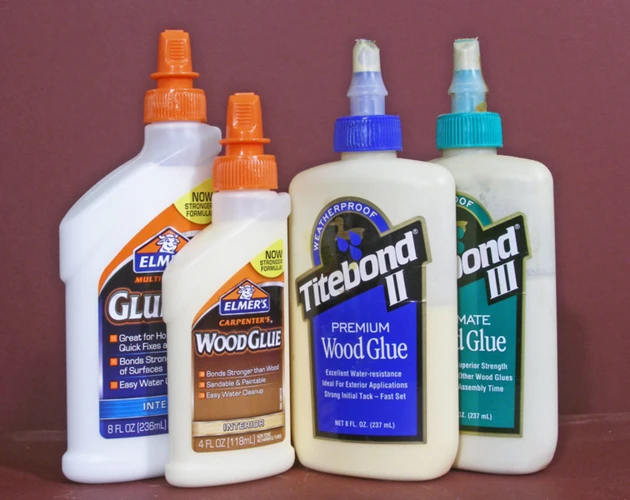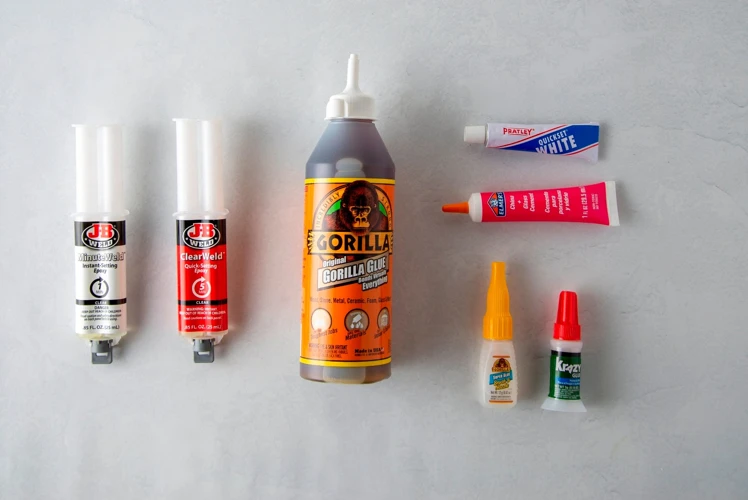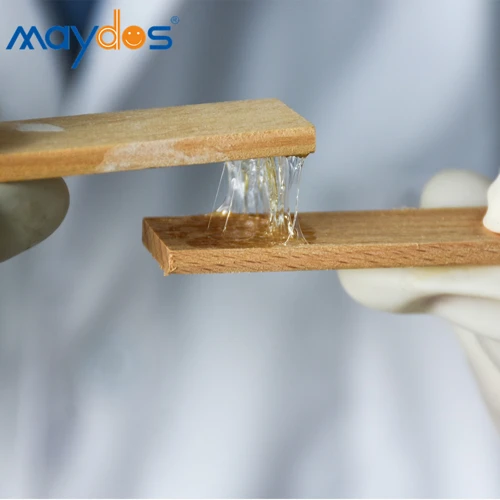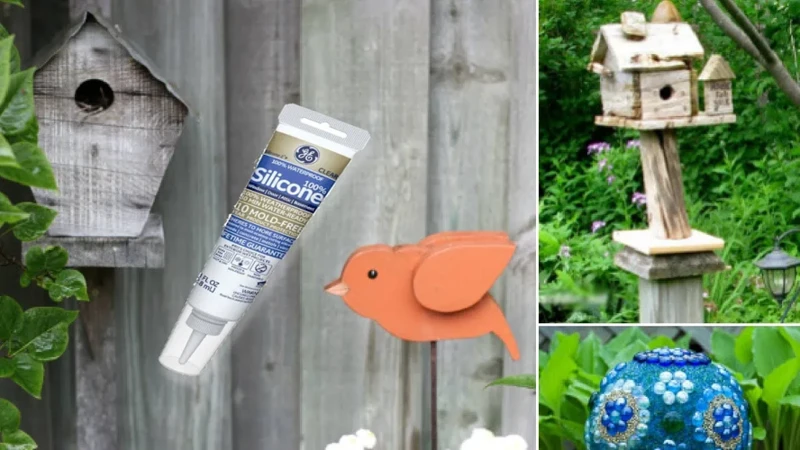Adhering tile to plastic surfaces can be a tricky endeavor, but with the right knowledge and materials, it’s a task that can be accomplished with professional-looking results. Whether you’re embarking on a creative project or repairing a tiled area, understanding the intricacies of how to stick plastic on tiles is essential.
Understanding the Challenge
Plastic surfaces present a unique set of challenges when it comes to adhesion. Their smooth and often non-porous nature can inhibit the bonding process, making it difficult for the adhesive to grip effectively.
The Importance of Choosing the Right Adhesive
Selecting the correct glue for plastic tiles is paramount. Not all adhesives are created equal, and using the wrong type can result in weak bonds or damage to the surfaces involved.
Preparation for Adhesion
Preparing both the plastic and the tile surfaces is a critical step to ensure a secure bond. Skipping this stage can lead to adhesive failure and a compromised finish.
Cleaning and Preparing the Plastic Surface
- Thoroughly clean the plastic surface to remove any dust, grease, or debris.
- Roughen the surface with fine-grit sandpaper to enhance adhesive grip.
- Wipe down with a clean cloth to ensure a dust-free surface.
Cleaning and Preparing the Tile
- Ensure the tile is free of any dirt or grime by cleaning it with a suitable cleaner.
- Dry the tile completely before attempting to apply any adhesive.
Choosing the Right Glue for Plastic Tiles
With so many adhesives on the market, selecting the right one can be daunting. It’s crucial to choose a product specifically designed for the materials you are working with.
Does Tile Adhesive Stick to Plastic?
While some tile adhesives may have limited success, not all are suitable for plastic. It is essential to verify the compatibility of the adhesive with both materials to avoid poor adhesion.
Options for Glue for Plastic Tiles
Look for adhesives labeled for use with plastic and tile, such as epoxy resins or silicone-based glues, which are known for their strong bonding capabilities and durability.
How to Stick Plastic on Tiles
Once the right adhesive is chosen, and the surfaces are prepared, it’s time to move on to the application process.
Step-by-Step Application Process
- Apply the adhesive evenly on the plastic, following the manufacturer’s instructions.
- Press the tile onto the plastic surface firmly to ensure good contact.
- Wipe away any excess adhesive that oozes out from the edges.
Tips for Ensuring Strong Adhesion
- Allow the adhesive to set for the time recommended by the manufacturer.
- Avoid moving or stressing the bond until it has fully cured.
- Apply pressure evenly across the tile for a consistent bond.
Will Tile Adhesive Stick to Plastic?
The question of whether will tile adhesive stick to plastic is common and the answer is not straightforward. It depends greatly on the type of adhesive and the specific plastic involved.
Testing Adhesion before Full Application
Conducting a small test application can help determine the effectiveness of the bond before committing to the entire project.
When to Use Tile Adhesive over Other Glues
Tile adhesive should be used over other types of glue when it is specifically formulated for adherence to plastic, which is often indicated on the product’s label or technical data sheet.
Glue Plastic to Tile: Curing and Setting Time
The final strength of the bond is dependent on the curing process, which varies from one adhesive to another.
Understanding Curing Times
Each adhesive will have a specified setting and curing time. It’s important to respect these times to ensure the integrity of the bond.
Maintaining the Bond During Curing
Keep the glued surfaces immobile and under the recommended pressure if necessary during the curing period to maintain the bond’s strength.
Common Mistakes to Avoid When Gluing Tile to Plastic
To guarantee a successful application, avoid common mistakes such as rushing the preparation, applying too much or too little adhesive, and not allowing sufficient curing time.
Recommended Products for Gluing Tile to Plastic
Investing in the right adhesive is crucial for a durable bond. Below are some recommended products that are known for their compatibility with plastic and tile surfaces.
Product Overviews and Comparisons
Products such as E6000, Gorilla Glue Epoxy, and Loctite Plastics Bonding System are often recommended for their strong bonding properties and versatility with different materials.
FAQs: Gluing Tile to Plastic
Many questions arise when undertaking a project like this. Let’s address some of the most common queries.
Addressing Common Concerns and Questions
- How long does it take for the adhesive to cure? This varies by product, but typically ranges from a few hours to 24 hours or more.
- Can I glue tile to any plastic surface? While many plastics can be glued, some may require specific adhesives or surface treatments.
- What if the tile comes off the plastic? If the tile detaches, remove any old adhesive, re-prep the surfaces, and reapply using the proper adhesive and technique.
When it comes to DIY projects, knowing the right methods and materials is essential for a successful outcome. If you’re looking to attach different materials together, such as tiles to plastic surfaces, you’ll need specific guidance to ensure a strong bond. For those interested in similar adhesive projects, be sure to explore our detailed tutorials on how to effectively glue carpet to aluminum, how to glue plastic to glass, and the best practices for securing tile to concrete. Each guide is designed to help you navigate the challenges of working with diverse materials and adhesives.
Conclusion: Ensuring a Lasting Bond
Gluing tile to plastic can be a successful endeavor when you select the appropriate adhesive, thoroughly prepare the surfaces, and follow the application and curing instructions carefully. With patience and attention to detail, you can achieve a strong, lasting bond that will hold up over time.






